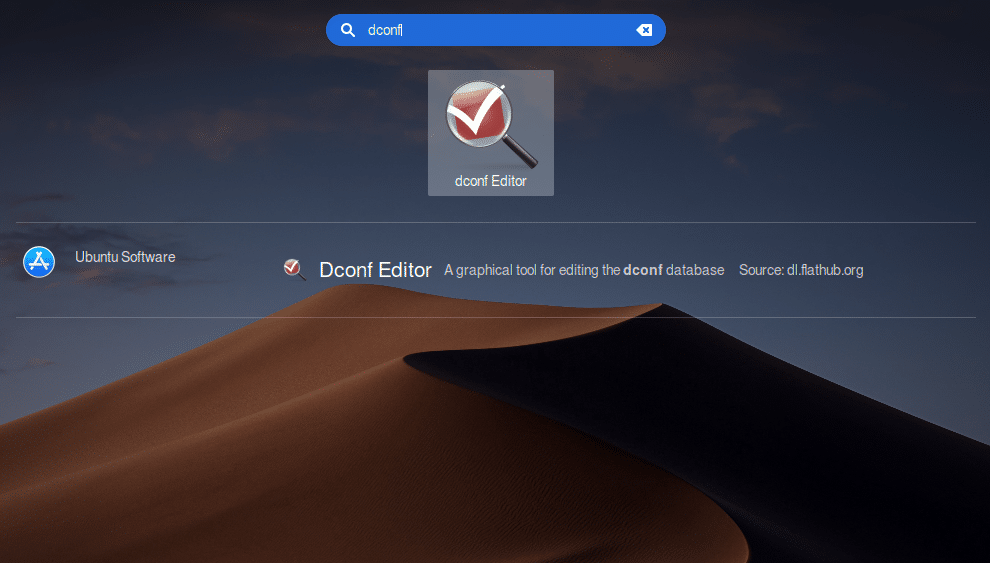If you’re using any of the latest versions of Ubuntu, you’re most probably familiar with the new Ubuntu GNOME desktop. The popular Linux distro has had the GNOME desktop as default for three iterations. By default, on Ubuntu GNOME, the top panel only shows the day of the week and the current time. It’s enough for some, but it would come in handy if it showed the full date and time instead. The default GNOME settings only include options to set the Time Format, including 24-hour and 12-hour formats. But there are other ways to show the complete date and time in the Ubuntu GNOME Top Panel.
The method shown below works in Ubuntu 17.10, Ubuntu 18.04, Ubuntu 18.10, and pretty much all Ubuntu versions after that which ship with the GNOME desktop. You can do this via the command line as well as using the GUI. Both methods ultimately perform the same tasks and obviously get the same results. The GUI method uses dconf editor, which is a GUI way to edit GNOME settings that you can access via the command line.
Show Complete Date & Time in GNOME Top bar – Command Line
- Launch the Terminal from the app launcher or press Ctrl + Alt + T on your keyboard.
- In the Terminal, enter the following command. You can type it out and hit enter, or copy and paste it.
gsettings set org.gnome.desktop.interface clock-show-date true
The above command will enable showing the full date in the Top Panel. If you also want to see the seconds in the top panel, execute this second command as you did the first one.
gsettings set org.gnome.desktop.interface clock-show-seconds true
You should see the changes in the top panel as soon as you execute the commands.
Show Complete Date & Time in Ubuntu GNOME Top Panel – dconf Editor
Copying and pasting a single command sounds easier than fiddling with any graphical interface. However, if you still feel uncomfortable using the command line, you can use the dconf editor to get the same results. It’s easier for many users to remember a process visually so they can undo it later. You’ll first need to install the tool from the Ubuntu Software Center or use the command given below.
sudo apt install dconf-editor
- Once you have the dconf editor installed, launch it from your app launcher.

- Navigate to org/gnome/desktop/interface and turn on the clock-show-date and/or clock-show-seconds as per your needs.

The changes are immediately reflected in the GNOME Top Panel just like they did with the commands. Be careful not to change too many things with dconf editor unless you know what you’re doing.
